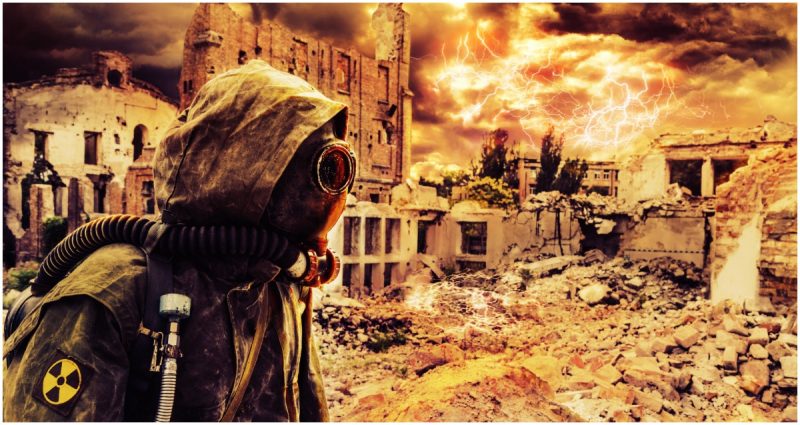The first chapter opens with the words: “Everything within a certain distance of a nuclear explosion will be totally destroyed.”
In 2017, the British Imperial War Museum re-issued a small booklet entitled Protect and Survive. The original was produced by the UK Government in response to the threat of a nuclear attack during the Cold War.
It contained advice for families on measures they could take to protect themselves in the event of a nuclear attack. The Imperial War Museum reissued it to coincide with its exhibition People Power: Fighting for Peace.
Today, the leaflet makes pretty alarming reading. It was clearly written from the view that a nuclear attack was a genuine threat and people needed to be prepared. We will never know how likely it was in reality, but it was certainly perceived as a threat across the world.
A survey of 6,800 young people in Canada in 1984 found that 75% of 12 -19 years olds thought about the threat of nuclear war once a month. while 10% thought about it daily. Not since the Cuban Missile crisis in 1962 had the threat of nuclear war seemed so real.

Civil Defense Education
Governments had provided advice to civilians for dealing with a nuclear attack at various times throughout the Cold War. The most well-known of these is probably the US Government’s Duck and Cover. This was public education film which was shown to school children across the USA during the 1950s.
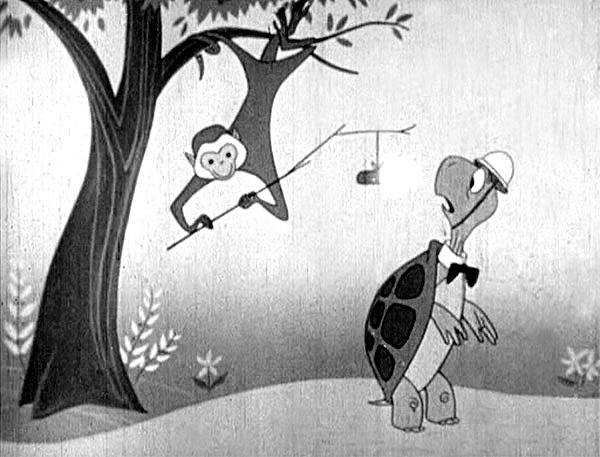
Today, the Duck and Cover strategy is often criticized as offering useless advice. This included suggestions such as hiding under your school desk or covering your head with a cloth. The advice given in Duck and Cover focuses largely on the effect of the impact of the explosion rather than the danger of fallout and radiation.
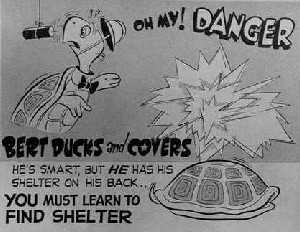
Protect and Survive, which appeared almost three decades later, took a more realistic approach. It was produced in 1980 in the UK under the government of then Prime Minister Margaret Thatcher.
The booklet was for sale to those who wanted to buy it. However, in the event of a serious nuclear threat, it would be distributed free to every household. There was also a documentary based on the information contained in the booklet which would be broadcast in the event of a nuclear emergency.
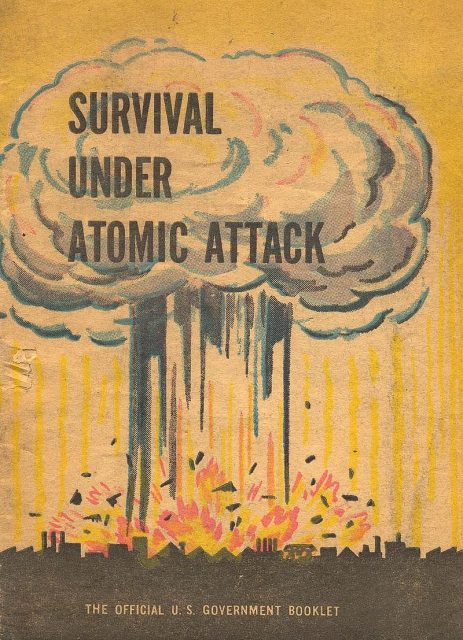
No Sugar Coating
As well as acknowledging the limitations of its own advice under such catastrophic circumstances, Protect and Survive offers no sugar coating. It is remarkably forthright about the dangers. The first chapter opens with the words: “Everything within a certain distance of a nuclear explosion will be totally destroyed.”
It then goes on to say that “The heat and blast are so severe that they can kill, and destroy buildings, for up to five miles from the explosion.”
But perhaps its intention was to frighten people into action.
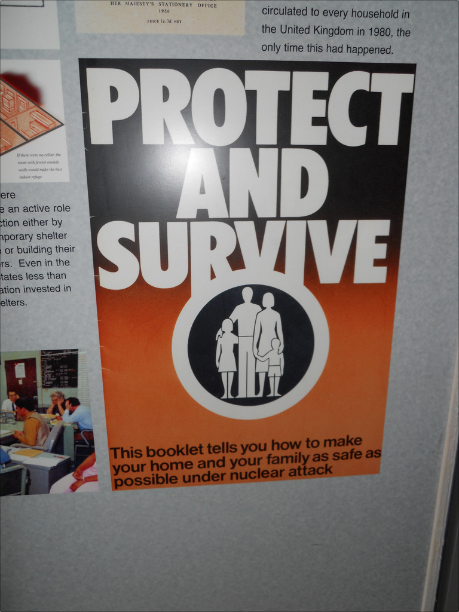
How effective was the advice?
The advice was probably the best that the government and scientists of the era could offer. It never promised that these steps would save your life. It only claimed that they would help you make your home and family “as safe as possible.”
The main message was that if a nuclear threat seems likely, you need to prepare somewhere in your home where you and your family can stay for 14 days. Ideally, you should turn one of your rooms into a fallout room. They recommend the cellar or basement if possible. If not, then the innermost room of the house should be used.
Of course, not everyone lived in a house. Unfortunately, there is little advice for those living at the top of high rise flats, caravans, and mobile homes or similar.
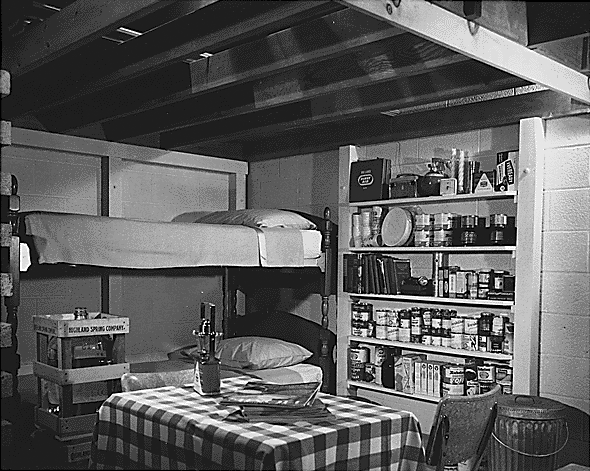
Once you have established your fallout room, you should block any windows and reinforce the roof and walls with whatever material you have to hand. This might be furniture, timber, or sandbags.
Within the fallout room, you are also advised to build an inner refuge. This could be a lean-to made with timber or an old door to provide extra protection at the height of the danger. You are also advised that you may need to live there for two weeks. Unlike the Duck and Cover information, the focus is on protecting from the effect of radiation rather than the blast.
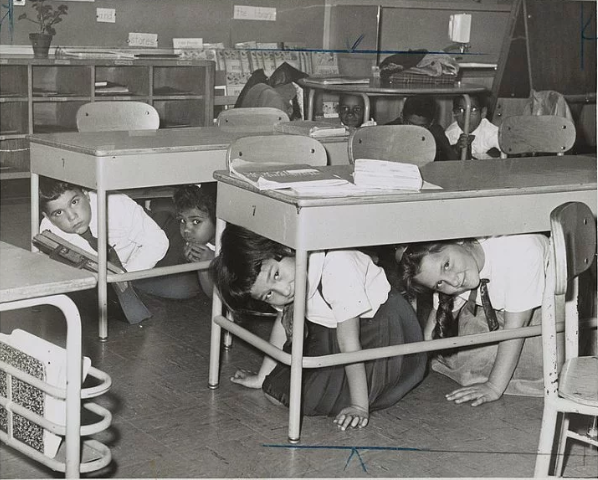
What to take with you
Detailed information is provided on what to take along, such as food and water, and how to deal with waste as best you can. The recommendation is to take 3.5 gallons of water per person for drinking and the same again for washing.
Of course, protecting the water from contamination is an extra problem. Baths, sinks, and cisterns would have to be used to store water as it obviously could not all be kept in the fallout room. The booklet shows pictures of baths and sinks covered with plastic sheeting to protect them from contamination. These methods would not exactly inspire confidence.
Advice on food is largely common sense. It recommends bringing as much canned and dried food as well as food which needs little or no cooking. Fuel for cooking might be limited or not available at all.
https://www.youtube.com/watch?v=mxJsFZY8bOI
In addition to a range of household essentials from toothbrushes to can openers, you are reminded to bring your radio and plenty of batteries. A radio would be essential at this time to keep you informed about what was going on in the outside world. Radio would be the government’s main method of sending out updates and information. Electricity supplies could be disrupted making batteries essential.
Also, the warning signals could be played over the radio, and the booklet includes descriptions of these so that you can recognize them. These were:
• A rising and falling note for the initial warning signal an attack
• Three loud bangs or whistles for a fall out warning
• And a steady note on a siren for the all clear
A document of its time
Sometimes it is easy to look back at public information materials from the past and find them quaint and almost funny. Protect and Survive, however, is a fascinating document of its time which still makes for uncomfortable reading today.
